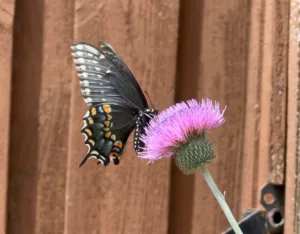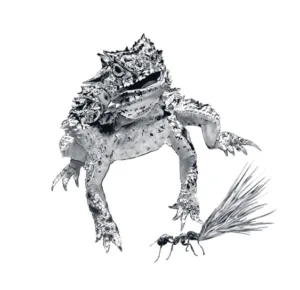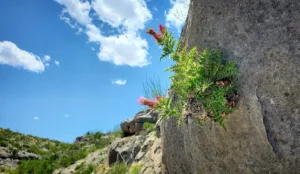Stay in touch with the Dallas Chapter – sign up for our Newsletter, check out our Facebook page for more details and information. Additionally, lots of great information can be found in our Newsletter Archives.
Next Native Plant Class! April 20-21, 2024
Native Landscape Certification Program (NLCP)
Level 1 – Introduction to Native Landscapes
Dive into a greater understanding in planning, implementing and maintaining native plant gardens.
Sign up here: https://npsot.org/our-work/class-schedule/
May 4, 2024 10am to 3pm
Bath House Cultural Center at White Rock Lake, 521 East Lawther Drive, Dallas, TX
Sign Up Here: Plant Donation Form
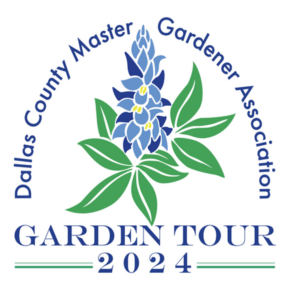 DCMG Garden Tour May 18, 2024, 10am to 5pm
DCMG Garden Tour May 18, 2024, 10am to 5pm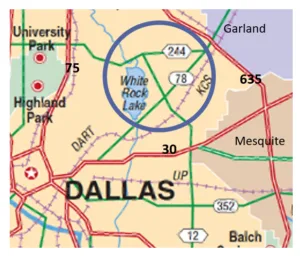
The Dallas County Master Gardener Association 2024 Garden Tour
will feature eight unique gardens in East Dallas. The gardens are
all either owned or maintained by Master Gardeners.
To learn more and purchase tickets, follow this link.
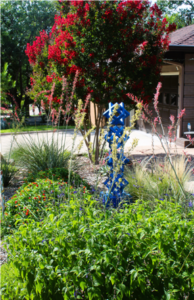
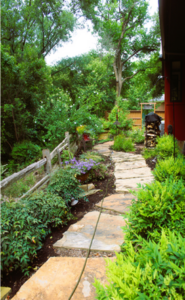
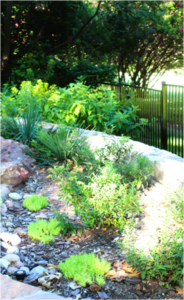
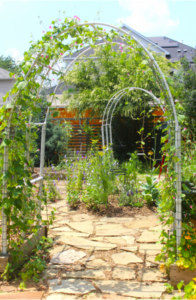
May meeting: Monday, May 20, 2024, Laurel Treviño-Murphy Native Bees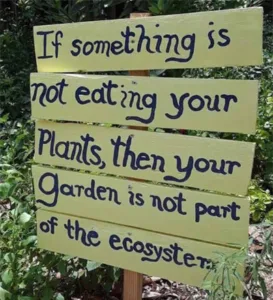
June meeting: Monday, June 17, 2024, Julie Fineman Can Forgotten Cemeteries Help Restore Biodiversity?
July: No meeting in July, see you August 19th.
Meetings are held the 3rd Monday of each month. All meetings are open to members and the public.
Join us starting at 6:30 for social time, chapter announcements and presentations start at 7:00pm
Can’t make it in person? ZOOM our monthly meetings at: https://npsot.us9.list-manage.com/track/click?u=f20269a37974d8413fc79c831&id=12aa33f97f&e=d2e8f28b23
If needed, use: Meeting ID: 837 2523 6133 Passcode: 882399a*
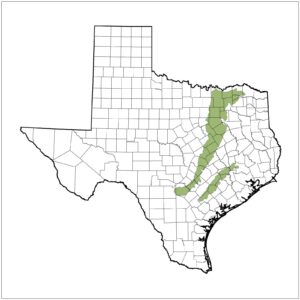
The Blackland Prairie
The Dallas Chapter of NPSOT includes all of Dallas County and the twenty-two cities within its boundaries.
We are in the Blackland Prairie Ecoregion: Average rainfall 28-40 inches with peak rainfall usually in May, Hardiness Zone 8A, average annual minimum temps 15-10 degrees.
Wildflower Planting dates for our area are:
Spring – January 15th thru March 1st
Fall – October 1st thru December 1st
Check this link for a PDF of the USDA’s Hardiness Zone Map for Texas: https://ftp.dot.state.tx.us/pub/txdot-info/library/pubs/cit/hardiness_district.pdf.
Our area is predominately an urban landscape, and the Dallas Chapter’s primary goal is to educate homeowners, businesses, and municipalities on the benefit of planting native landscapes. Each meeting, newsletter, field trip and activity will strive to achieve this goal.
Plant Propagation Guide – A basic guide to sharing your native plants with others through plant propagation. (PDF, 1.33 MB)
Inviting Nature Back Home – A complete guide to updating your landscape for Birds, Bees and Butterflies. (PDF, 2 MB)
see more planting info on our Plant Info page

